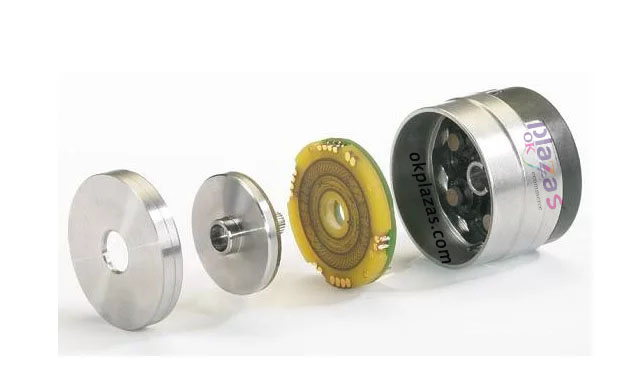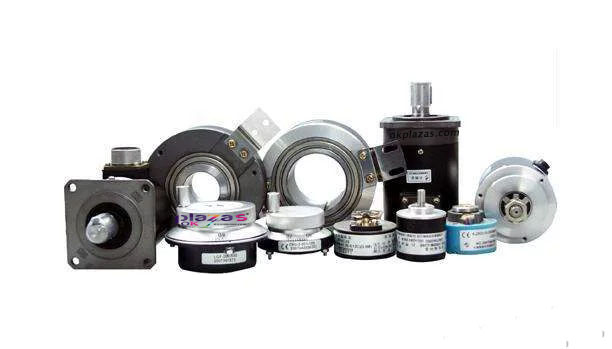Must see seven rotary encoder selection requirements
Must see seven rotary encoder selection requirements
Rotary encoder is a speed displacement sensor that integrates opto-electromechanical technology. When the rotary encoder shaft drives the grating disc to rotate, the light emitted by the light-emitting element is cut into intermittent light by the slit of the grating disc, and is received by the receiving element to generate an initial signal. After the signal is processed by the subsequent circuit, a pulse or code signal is output. It is characterized by small size, light weight, multiple varieties, complete functions, high frequency response, high resolution ability, small torque, low energy consumption, stable performance, reliable and long service life.

When selecting or purchasing a rotary encoder, it is necessary to consider from many aspects, especially the technical parameters need to be referenced in technical parameters:
1. Whether the rotary encoder meets its own processing requirements and quality requirements; there are many types of rotary encoder systems, so you must choose a suitable system; since the drive unit is the key to the control of the rotary encoder, when selecting the drive unit, it should be based on the processing The accuracy of the workpiece requires the selection of a suitable drive unit.
2. Space size: Due to the different use environment, the choice of the space size of the rotary encoder is also very important, because the encoder is connected to the internal components, and the choice of the appropriate size of the code is very important for the installation of the machine and the arrangement of the equipment. positive effect.
3. Installation dimensions: including positioning stop, shaft diameter, installation hole position; cable outlet method; installation space volume; whether the working environment protection level meets the requirements.
4. Performance: The performance of the rotary encoder is mainly reflected in the processing of equipment data and its own material. Taking into account the different use environments, the encoder has more stringent requirements in terms of quality, wear resistance, and corrosion resistance. The data processing capability of the encoder should be considered based on the internal chip data processing capability of the device, and the higher the frequency, the better the processor.
Five: Resolution: That is, the number of pulses output per revolution when the rotary encoder is working, whether it meets the design and use accuracy requirements.
Six, electrical interface: rotary encoder output methods commonly include push-pull output (F type HTL format), voltage output (E), open collector (C, common C is NPN type tube output, C2 is PNP type tube output), long line Drive output. Its output mode should match the interface circuit of its control system.
7.Price: Price is also a very critical factor. Buying cost-effective products is of course the most ideal idea for every user. When choosing a rotary encoder, you should choose a product whose price is consistent with the performance of the equipment and is in line with your own use. Compare similar products in many aspects. When choosing an encoder manufacturer, you should also choose a large company as much as possible. Product quality and service quality are more guaranteed.






